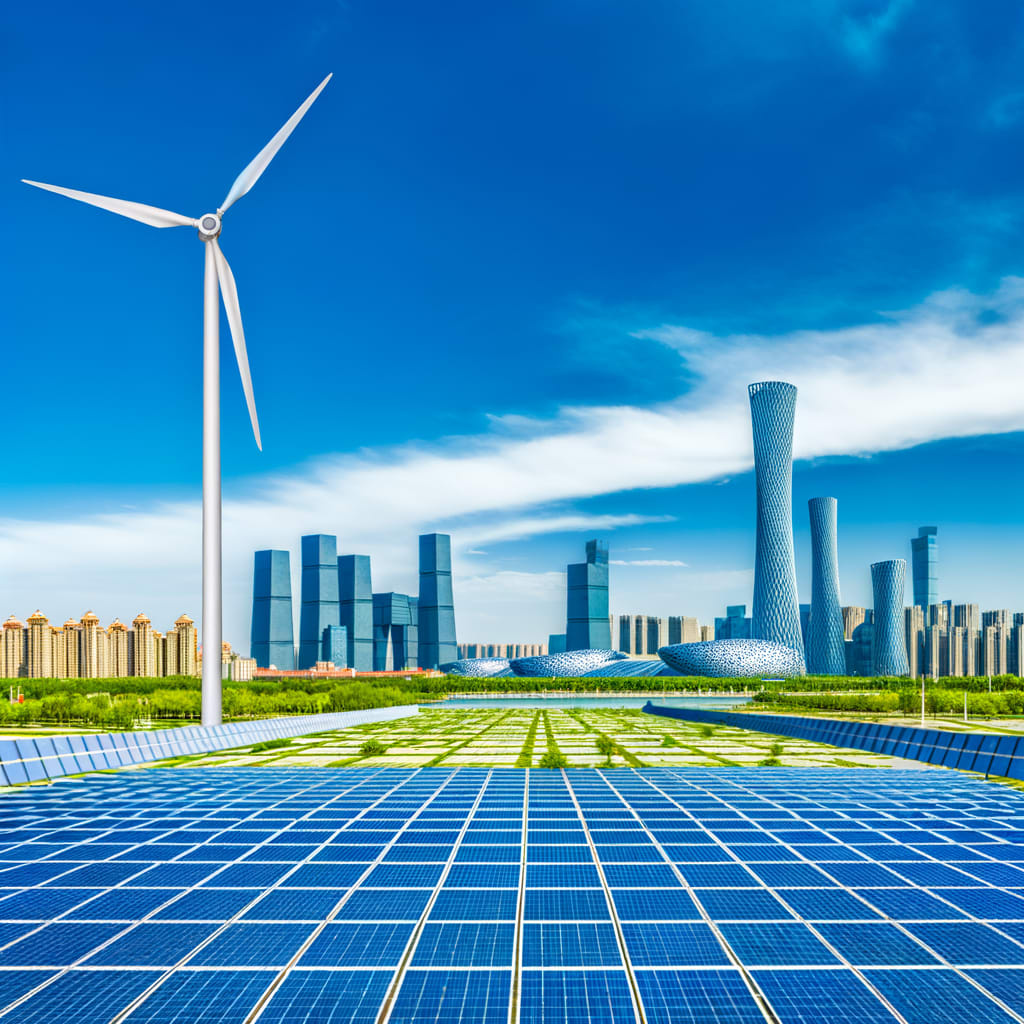China's Cleantech Revolution: A Global Shift Towards Renewable Energy
In a historic shift, renewable energy has surpassed coal as the primary global source of electricity, with China's cleantech exports reaching a record US$20 billion in August. These developments signify a crucial turning point in global energy trends, despite lowered expectations from the United States and China.
Background and Context
According to European think tank Ember, China's clean technology is establishing the foundation for the new global energy system. As China continues to reduce the prices of technologies like batteries and photovoltaic solar panels, sales are booming in Southeast Asia, Latin America, and Africa. Demand for clean technologies continues to skyrocket,
reports Ember, emphasizing the ongoing momentum in the sector.
Simultaneously, renewable energy has for the first time in history generated more electricity than coal. This seismic shift was highlighted in research from different global energy think tanks, such as Ember and the International Energy Agency (AIE).
Key Developments
One major player in this clean energy revolution is Sungrow Power Supply, the world's largest producer of solar inverters and energy storage systems. Based in Hefei, eastern Anhui province, Sungrow has joined a growing number of mainland Chinese companies seeking to float shares in Hong Kong, taking advantage of the city’s stock market boom.
In the last five years, annual renewable energy additions have more than doubled from under 300 gigawatts (GW) in 2020 to over 700GW in 2024. However, the International Energy Agency (AIE) reduced its prediction for global renewable energy growth by 2030 by 248 gigawatts, citing weaker prospects in the United States and China.
Implications and Reactions
While China continues to drive the global green energy transition, the United States appears to be at risk of falling behind. Lowered support from both the US and China has led to a sharp fall in the global outlook for renewable power, with capacity now expected to grow to no more than 4,600GW by 2030, 900GW lower than the 2024 estimate.
On the other side, countries like Iran and Norway are exploring cooperation on renewable energy and electricity grid management, indicating a growing interest in cleantech worldwide.
In Brazil, the Brazilian Electricity Agency (Aneel) has made changes to the rules for granting tariff benefits to renewable energy generation plants, making these projects more economically attractive, albeit at the cost of increased electricity bills for consumers.
Conclusion
Despite some countries lowering their support, renewable energy continues to make historic strides, overtaking coal as the primary global source of electricity for the first time. This shift, driven in part by China's cleantech industry, underscores the increasing global importance of renewable energy. However, the global energy landscape remains complex and diverse, with varying levels of support and development across different countries. The future of renewable energy growth will likely depend on political will, technological innovation, and economic incentives.

